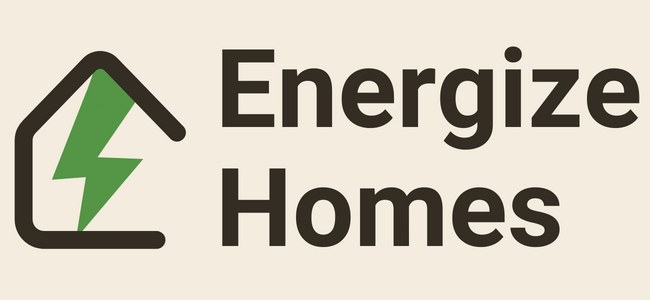The Impact of Outdoor Unit Placement on Heat Pump Efficiency: Sun vs. Shade
When it comes to heat pump efficiency, the devil is in the details. The placement of your heat pump’s outdoor unit in either a sunlit or shaded area can significantly affect its performance, operating costs, and lifespan. For those in the HVAC industry, this is HVAC 101, but for homeowners, it’s a lesser-known but critical factor. This article delves into the scientific and practical aspects of outdoor unit placement, considering thermodynamics, material science, and empirical data.
Fundamentals: Thermodynamics and COP
Firstly, a quick primer on the science involved. Heat pumps work on the principles of thermodynamics, specifically the vapor-compression refrigeration cycle. The efficiency of a heat pump is commonly measured by its Coefficient of Performance (COP), which relates the energy input to the useful heat output.
| Term | Description |
|---|---|
| Coefficient of Performance (COP) | A ratio that gauges the efficiency of the heat pump; higher values mean better efficiency |
| Vapor-Compression Cycle | A thermodynamic cycle involving the conversion of refrigerant between gas and liquid phases |
| Thermodynamics | The physics of heat transfer and energy conversion |
Sun Exposure: Not Just a Suntan
Amplified Thermal Load
When a heat pump’s outdoor unit is exposed to direct sunlight, its thermal load escalates. Essentially, the sun heats the unit’s metal casing and, by extension, the refrigerant inside. The pump must then expend extra energy to move this additional heat.
COP Drop
A direct consequence of the augmented thermal load is a decrease in the unit’s COP. This makes the pump work harder to deliver the same heat output, leading to an efficiency decline and consequently, higher energy bills.
Component Stress
Increased thermal load also stresses components like the compressor, which can lead to more frequent “short cycling,” reducing component lifespan.
Shade: More Than Just Relief
Lowered Thermal Load
Positioning the heat pump’s outdoor unit in a shaded area results in a lower thermal load, enabling the refrigeration cycle to work more efficiently, thereby improving the COP.
Potential for Condensation and Corrosion
While shade lowers thermal load, it can also result in a more humid microclimate around the unit. This raises the risk of condensation and, in the long term, corrosion of metal components.
Longer Lifecycle
All things equal, a shaded unit is likely to have a longer operational life due to reduced component stress.
Compromise: The Best of Both Worlds
Given the pros and cons, aiming for a middle ground in unit placement is advisable.
| Ideal Attributes | Benefits |
|---|---|
| Partial Shading | Balances thermal load to maintain an optimal COP |
| Good Airflow | Minimizes condensation risk while aiding heat dissipation |
| Elevation from Ground | Avoids ground-reflected heat and allows for better drainage |
Conclusion: Consult the Experts
The optimal placement of a heat pump’s outdoor unit is not a trivial decision. It requires an in-depth understanding of thermodynamics, local climate conditions, and the specific requirements of your heating/cooling spaces. Therefore, consultation with HVAC professionals is strongly recommended. Properly positioning your outdoor unit can result in significant savings and longer-lasting equipment, making it a priority in energy-efficient home design.
